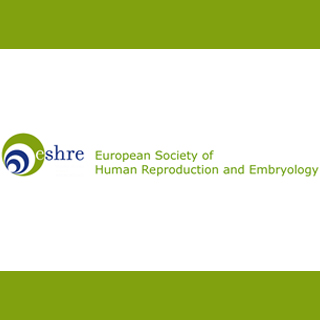
During the process once immature eggs are restored from a woman’s ovaries they are ascertained to be matured in the lab. Then they are fertilized and the embryos which are favorable to produce may be transferred to the woman’s uterus. The scientists warn the employment of IVM treatment unless future studies don’t simplify the after effects of undergoing the treatment.
Dr Peter Sjoblom, unit manager of Nurture, the Nottingham University IVF clinic at Queen’s Medical Centre (Nottingham, UK), commented, “We looked at four different data sets from four different countries and, although the numbers were small and differences modest, we saw a consistent pattern that cannot be ignored. We strongly believe that these findings must be explored further.”
In order to commence the study investigators observed babies born after IVM, in vitro fertilization (IVF) and intracytoplasmic sperm injection (ICSI) in Denmark, Finland, Canada and Korea. It was then discovered that the birth weight of 165 babies born after IVM was higher by 0.3% and 6% than the national average for singleton births. Also a rise of 6%-9% was noted in babies conceived after IVF and/or ICSI.
Dr Sjoblom remarked, “We urge IVM practitioners and clinics to pool their data on obstetric and neonatal outcomes after fertility treatments because, at present, only limited data on small numbers of births are available. This should enable us to look more closely at the health and physiology of babies born after fertility treatment so that we can make a more detailed assessment of infant health. If the observed pattern still holds as the number of observations increases, then in-depth studies of mechanisms must be initiated. Caution is called for before proceeding with IVM on a large scale.”
While there seemed to be a consistent rise in caesarean cases after IVM births, 30-60% versus 27-44% cases appeared for IVF/ICSI births. Even an elevated rate of miscarriages of around 25-37% was reported. The average period of gestation was 3-11 days which is claimed to be longer than for IVF/ICSI. There is no data confirming the employment of other obstetric interventions yet the scientists predict many cases of utilizing procedures like inductions, vacuum extractions and forceps deliveries as compared to IVF/ICSI births and births after natural conception.
Dr Sjoblom enlightened, “For the sake of the health and safety of the babies and their mothers, we need to be following IVM babies from the moment the eggs are matured in the laboratory through to their birth and into adulthood. We also need to look in detail into possible physiological effects, like alterations in blood pressure. However, we must make it clear to the public that, at the moment, no major health problems have been observed in children born after IVM. Nevertheless, all fertility clinics should share their detailed data, so that we can, hopefully, conclude that there is no reason for concern.”
Sjoblom explained that the IVM procedure does effect early development. A consistent pattern of elevated birth weight, more obstetric interventions and longer gestation period had apparently been noted in cases of Large Offspring Syndrome. Since a vast difference between birth weights of newborns in the IVM group and infants after natural conception was possibly observed, it was concluded that most women tend to develop polycystic ovarian syndrome in the IVM treatment.
The study will be presented at the 26th annual meeting of the European Society of Human Reproduction and Embryology in Rome.
